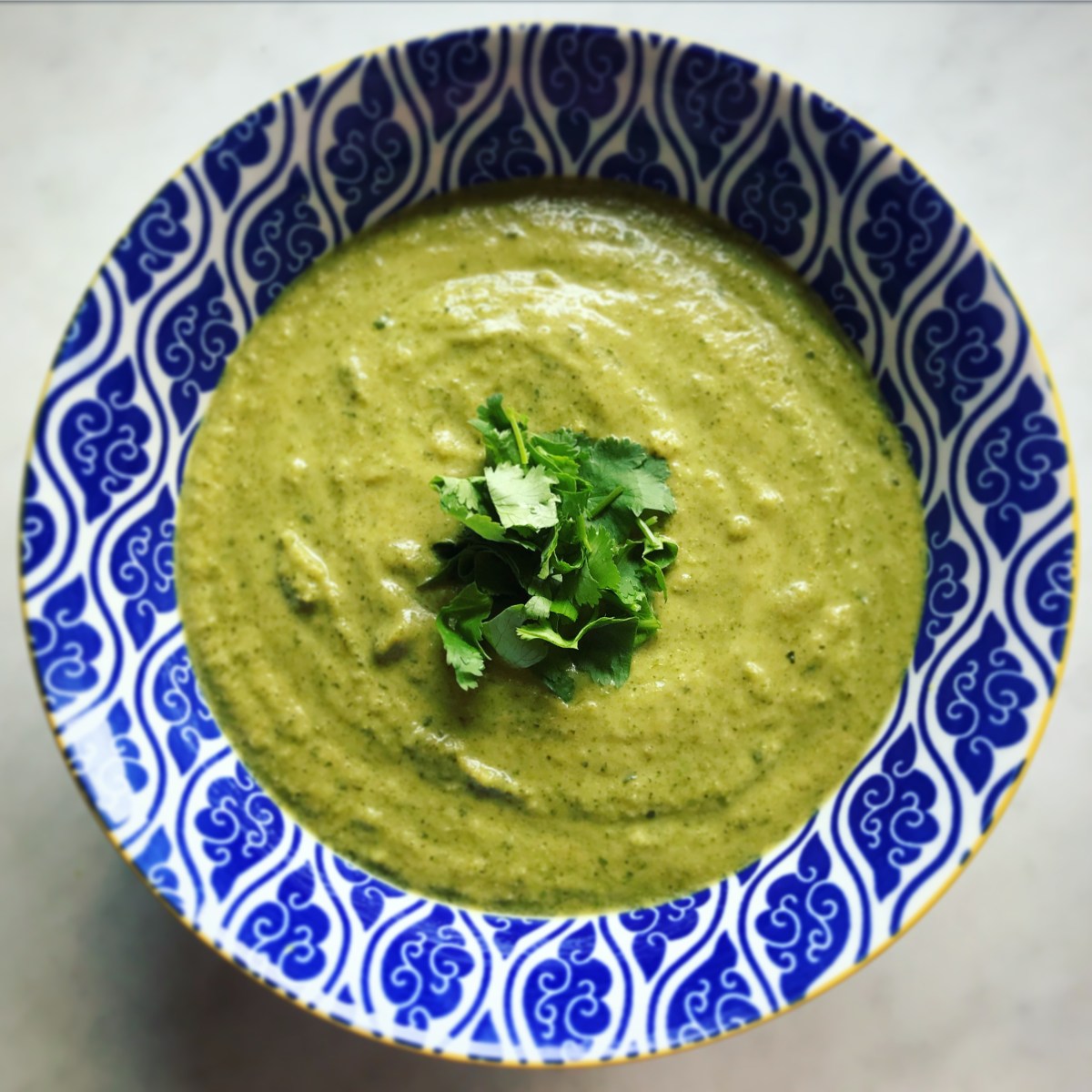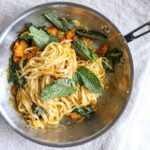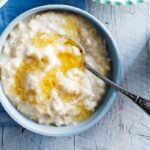Imagine the rich, velvety texture of a classic Indian curry, but without the dairy. Sounds impossible? Think again! This exploration dives into the art of creating luxuriously creamy Indian curries using innovative dairy-free alternatives. We’ll uncover the secrets to achieving that signature creamy mouthfeel, replacing traditional dairy ingredients with surprising substitutes like coconut milk, cashews, and silken tofu. Prepare to be amazed by the vibrant flavors and textures achievable without compromising on the indulgence.
From understanding the role of dairy in traditional recipes to mastering techniques for achieving unparalleled creaminess, this guide provides everything needed to embark on a culinary journey. We’ll unveil three unique dairy-free curry recipes, each showcasing a different creamy base and bursting with aromatic spices. Discover how simple ingredient swaps and clever cooking methods can transform your culinary creations, making delicious, allergy-friendly, and vegan-friendly Indian curries accessible to everyone.
Spices and Flavor Profiles

The magic of creamy Indian curries, even without dairy, lies in the masterful orchestration of spices. These aromatic powerhouses build layers of flavor, creating a rich and satisfying experience that rivals any cream-based counterpart. The careful selection and precise blending of spices are key to achieving that signature velvety texture and intense, complex taste.
The depth of flavor in dairy-free curries relies heavily on the synergistic interplay of various spices. Each spice contributes unique notes, creating a symphony of aroma and taste that captivates the palate. Understanding the individual roles of these spices allows for the creation of truly exceptional and customizable curries.
Key Spices in Dairy-Free Creamy Curries
Turmeric, with its earthy warmth and vibrant golden hue, is more than just a colorant. It imparts a subtly sweet and slightly bitter note, contributing to the curry’s overall complexity and providing a gentle anti-inflammatory benefit. Ginger, with its pungent and slightly sweet aroma, adds a welcome zing and helps balance the richness of other spices. Its fresh, invigorating character cuts through the heavier notes, preventing the curry from becoming cloying. Cumin, with its warm, earthy, and slightly smoky profile, forms the backbone of many Indian curries. Its roasted notes provide a grounding element, complementing the other spices beautifully. Garam masala, a complex blend of ground spices, acts as the finishing touch, adding a multifaceted depth and warmth that elevates the entire dish. Its composition can vary, but typically includes cinnamon, cloves, cardamom, black pepper, and nutmeg, each contributing its own unique character.
Spice Combinations for Dairy-Free Creamy Curries
A simple yet effective combination for a mild and subtly sweet curry might include turmeric, cumin, coriander, and a touch of ginger. This blend works beautifully with vegetables like cauliflower or butternut squash, creating a comforting and wholesome dish. For a richer and more complex flavor profile, consider a combination of turmeric, cumin, ginger, garam masala, and a pinch of chili powder. This blend is ideal for lentil-based curries or those featuring robust vegetables like potatoes or chickpeas. The chili powder adds a pleasant warmth, while the garam masala contributes its layered complexity. A vibrant and aromatic curry can be achieved by combining turmeric, ginger, mustard seeds, curry leaves, and fenugreek leaves. This blend is particularly well-suited for vegetable curries with a focus on fresh, vibrant flavors. The mustard seeds and curry leaves add a distinct pungent aroma, while the fenugreek leaves contribute a slightly bitter and earthy note. The possibilities are virtually endless, allowing for endless experimentation and culinary creativity.
Techniques for Achieving Creaminess
Achieving a luxuriously creamy texture in Indian curries without relying on dairy products requires a thoughtful approach to ingredient selection and cooking techniques. The secret lies in harnessing the natural creaminess found in certain vegetables and nuts, and in employing methods that coax out their inherent richness. This results in curries that are both flavorful and satisfyingly smooth.
Blending, Pureeing, and Emulsification are key to unlocking creamy textures in dairy-free curries. By carefully selecting ingredients and employing specific techniques, a wide range of textures can be achieved, from a velvety smooth finish to a slightly thicker, more substantial consistency.
Cashew Cream Base Preparation
A cashew cream base forms the foundation for many creamy dairy-free Indian curries. Its preparation involves a straightforward process that yields a rich, subtly sweet, and incredibly versatile base. Imagine the transformation: raw cashews, initially dry and firm, morph into a luscious, creamy emulsion, ready to be incorporated into a vibrant curry.
To begin, soak about 1 cup of raw cashews in hot water for at least 30 minutes, or preferably longer, until they are soft and pliable. This step is crucial; it allows the cashews to fully hydrate, resulting in a smoother, creamier texture. Next, drain the cashews and add them to a high-speed blender along with approximately 1 cup of water. Blend until completely smooth and creamy, adding more water as needed to achieve your desired consistency. The resulting cashew cream will be thick and luxurious, resembling heavy cream in texture and richness. A pinch of salt enhances the overall flavor profile. This base can be used as is, or further enriched with spices or other ingredients.
Other Creaming Agents and Techniques
Beyond cashews, other ingredients can contribute to a creamy texture. Coconut milk, either full-fat or light, offers a distinct richness and is a staple in many South Indian curries. Its inherent creaminess adds body and a subtle coconut flavor. Similarly, blended potatoes, cooked until very soft, create a thick, smooth base. Their starchy nature lends a velvety texture. Alternatively, a well-cooked, pureed pumpkin or butternut squash can impart both creaminess and sweetness.
The cooking method itself plays a vital role. Simmering the curry gently for an extended period allows the flavors to meld and the sauce to thicken naturally. This slow cooking process intensifies the overall creaminess, allowing the flavors to deepen and the sauce to become velvety smooth. Conversely, a quick sauté followed by blending can result in a lighter, more vibrant curry with a smoother consistency. The choice depends on the desired final texture and flavor profile.
Texture Comparison
The texture achieved using different dairy-free alternatives varies significantly. Cashew cream offers a rich, slightly sweet creaminess that closely resembles dairy cream. Coconut milk provides a richer, more assertive flavor with a slightly less neutral base. Potato-based creams are heavier and starchier, offering a fuller mouthfeel. Pumpkin or squash-based creams provide a natural sweetness and a smoother, less intense texture compared to coconut milk. The cooking method further influences the final texture. A longer simmer leads to a thicker, more concentrated creaminess, while quicker cooking methods result in a lighter, more fluid consistency.
Unlocking the world of creamy dairy-free Indian curries opens a universe of culinary possibilities. We’ve explored the versatility of plant-based alternatives, the power of spices to build rich flavor profiles, and the techniques that deliver that sought-after creamy texture. Whether you’re vegan, lactose-intolerant, or simply seeking a healthier alternative, the recipes and techniques presented here empower you to create authentically delicious and satisfying Indian curries without compromising on taste or texture. So, embrace the creamy revolution and savor the delightful results!
Helpful Answers
Can I freeze dairy-free curries?
Yes, most dairy-free curries freeze well. Allow them to cool completely before freezing in airtight containers for up to 3 months.
What if my cashew cream is too thick?
Thin it out with a little water or plant-based milk until you reach your desired consistency.
Are there any specific brands of coconut milk recommended?
Full-fat coconut milk from reputable brands generally works best for creaminess. Look for those with minimal additives.
Can I make these curries ahead of time?
Many dairy-free curries taste even better the next day, as the flavors meld. Prepare them a day in advance for optimal flavor.


